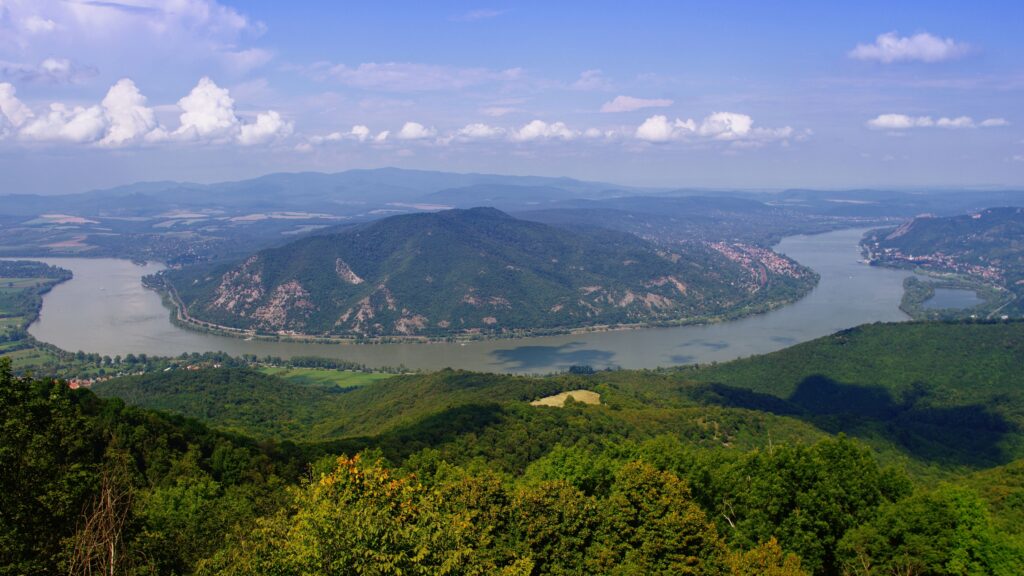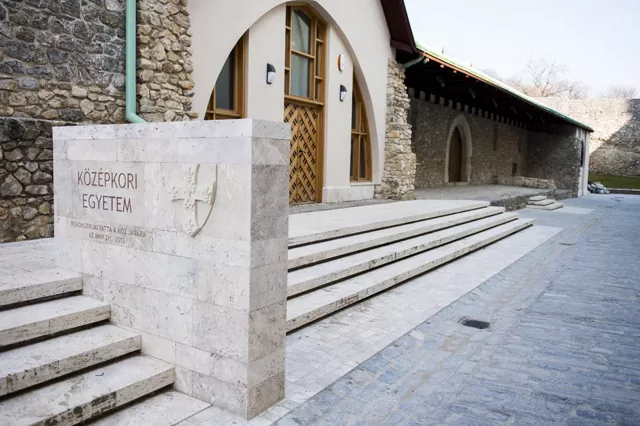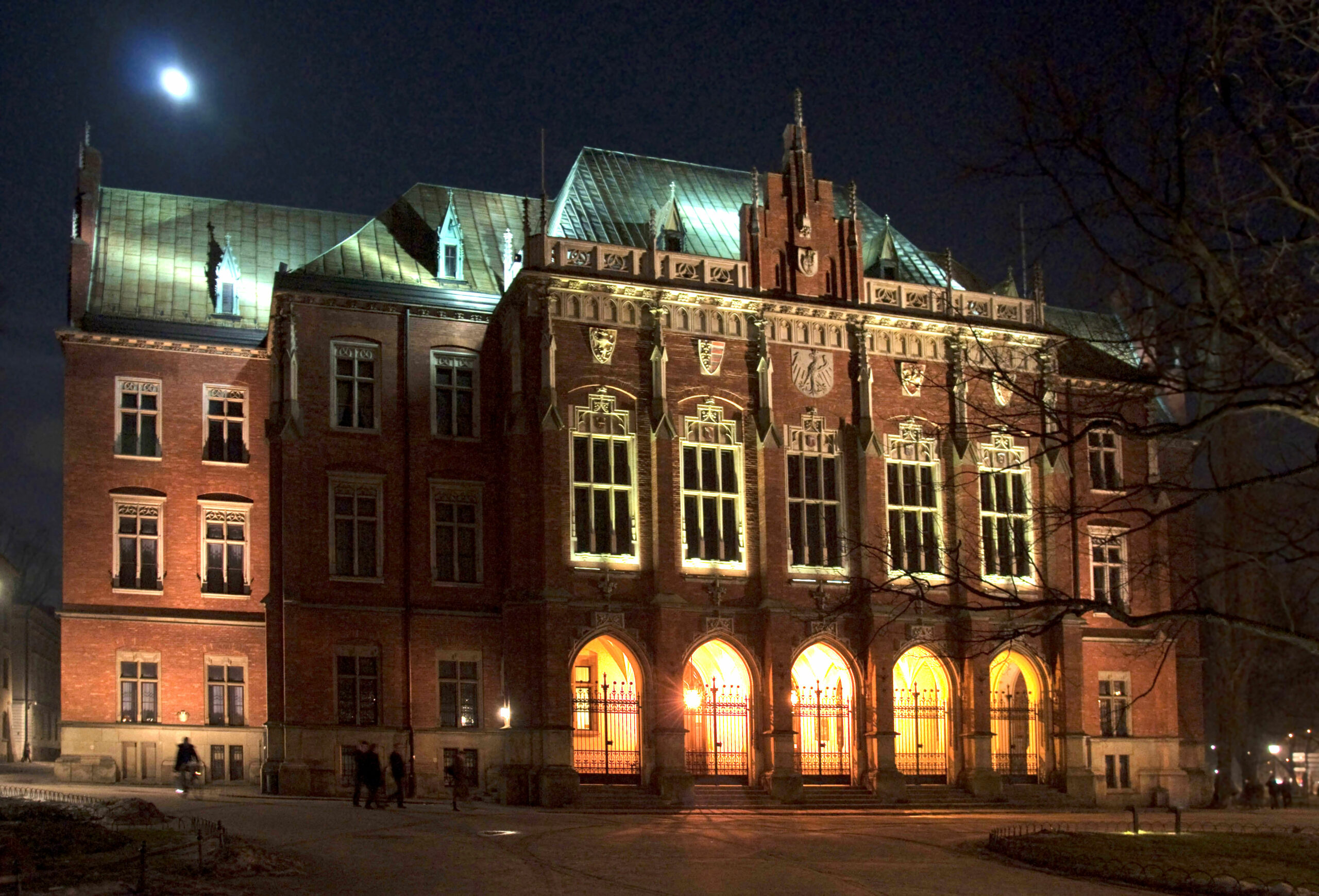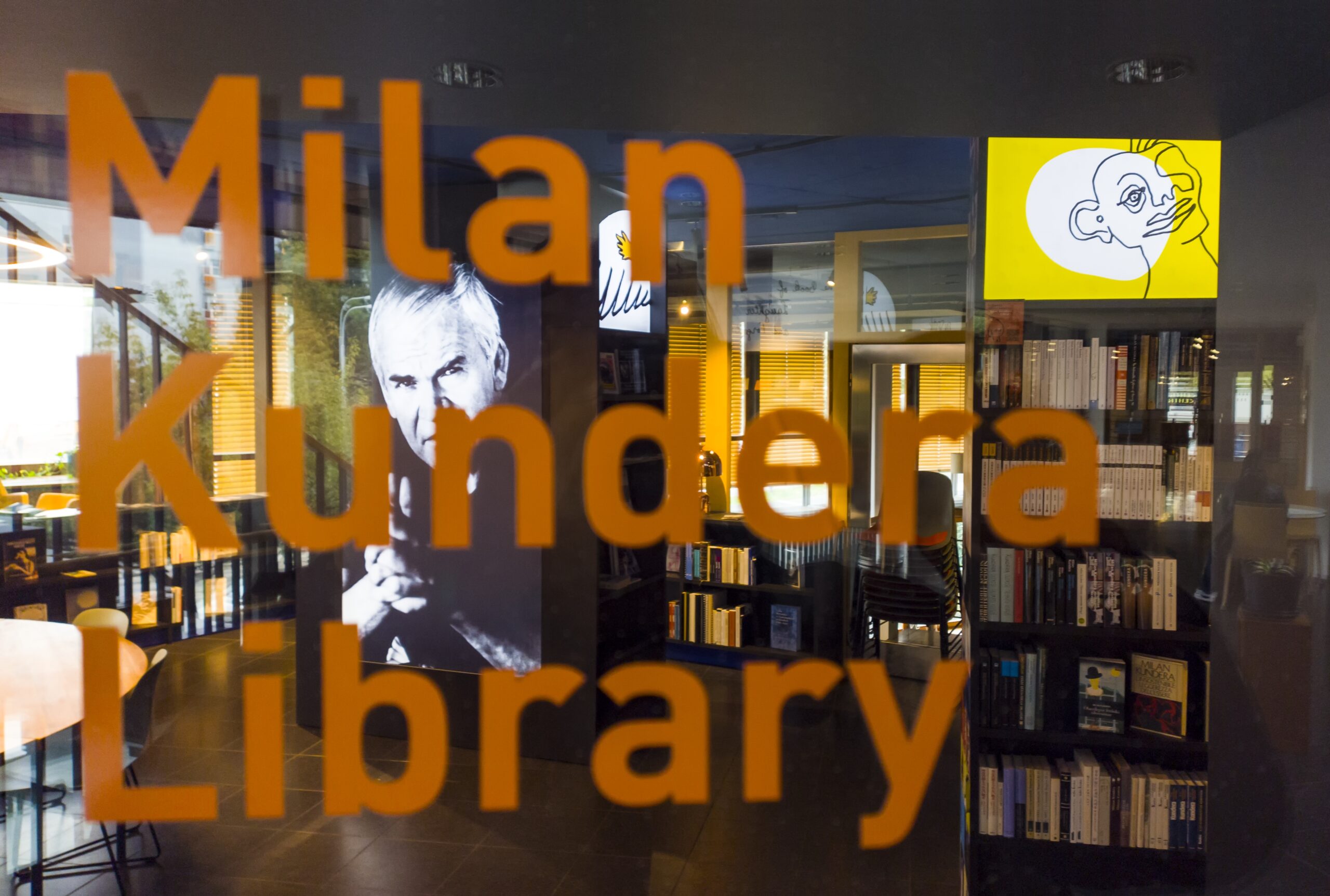
Poland, Hungary and the Czech Republic belong, together with Austria and Slovakia, to the part of Europe known as Central Europe, a designation that only became widespread during the 19th century, when it appeared in map atlases and covered in its broadest form the area north of the cities of northern Germany to Belarus and south from Nice to Istanbul. Since then, the definition of Central Europe has undergone many changes, mirroring the geopolitical developments of the 20th century. They show traces of German imperialism, but they also echo the voice of anti-communist dissent.
For example, in the First World War, German politicians spoke of a “German Mitteleuropa” – a territory of dreamed-of German political and economic hegemony in the area between the French West and the Russian East of Europe. Twenty years later, Hitler launched a new war to conquer and organise Central Europe according to his racist visions, but he was talking only about a Greater German Reich. When the Second World War ended with the total defeat of the Nazis, the Central European countries got rid of German imperialism and colonialism, but they did not liberate themselves. They became satellite states of the Soviet Union and formed the western edge of its revolutionary empire controlled by the Communist Party. The Czech writer Milan Kundera disagreed with the inclusion of Czechs, Slovaks, Poles and Hungarians in the Soviet sphere of influence. After all, Central Europe had never been under Russian influence before 1945, being a historically and civilisationally distinctive part of the continent, not quite perfectly Western, but definitely not Eastern.
A deeper look into the past shows that Central Europe, the home of several nations, has been on the borderline of great empires since the Middle Ages – primarily the Holy Roman Empire of the German Nation – and has therefore been exposed, for better or worse, to their political, economic and cultural influence. Moreover, being a trade intersection since ancient times, many important long-distance trade routes led through it and goods flowed from north to south and west to east. In terms of the long-term organisation of Central Europe, it was important that from the 16th to the 20th century it came under the rule of a single ruling dynasty, the Habsburgs. The Habsburgs were faced with the difficult and ultimately insoluble task of unifying their lands into a single “Austrian” entity, and, in addition, were faced with the task of defending the territory of Central Europe against the onslaught of the Ottoman Turkish Empire from the south-east. Although they only partially succeeded, their long reign gave Central Europe a slowly fading veneer of cultural identity, perhaps most visibly manifested in urban planning and railway architecture.The cultural, ethnic and religious diversity of Central Europe was a source of various conflicts, but it also allowed for an intense exchange of cultural knowledge and institutions. In the 14th century, the oldest university beyond the Alps was founded in Prague (1348), following the Italo-French model, and was soon followed by the establishment of universities in Kraków (1364) and Pécs (1367). This old tradition of learning, although interrupted by political crises and the turmoil of war, was the fertile ground in which the tangled history of Central Europe gave rise to generations of artists, writers and scientists whose ideas have reached and inspired people everywhere.

First university of Hungary (Universities and sciences) – Pécs
Pécs, a city in southern Hungary, is home to the country’s first university, established in 1367 by King Louis I of Hungary, also known as Louis the Great. The founding of the University of Pécs marked a pivotal moment in the history of education in Hungary and Central Europe, reflecting the broader medieval European movement toward the establishment of institutions dedicated to higher learning. The decision to found a university in Pécs was not only an effort to align Hungary with the intellectual and cultural advancements of the time but also a step towards strengthening the country’s role within the Christian world.

Jagiellonian University – Kraków
The Jagiellonian University has played a significant role in the history of Poland, as well as in the transmission of culture and knowledge since the Middle Ages. Importantly, it was the second university (the first was in Prague) east of the Rhine River and north of the Alps. This fact is still of great importance in shaping the image of the University. Nevertheless, this does not influence the truth that nowadays the Jagiellonian University is considered one of the most important academic and research centers in Poland.

The intersection of Europe – Brno, Moravian Library – Milan Kundera Library
The Moravian Library in Brno has recently opened the new Milan Kundera Library, where readers can find the works of the Czech writer published in 50 different languages. Kundera, who lived half of his life in Paris, was not only a Czech writer of European proportions, but he also dealt with the idea of Central Europe in his works. Central Europe, and the Czech Republic with it, can be seen as an imaginary crossroads of Europe, both geographical, cultural or intellectual.

